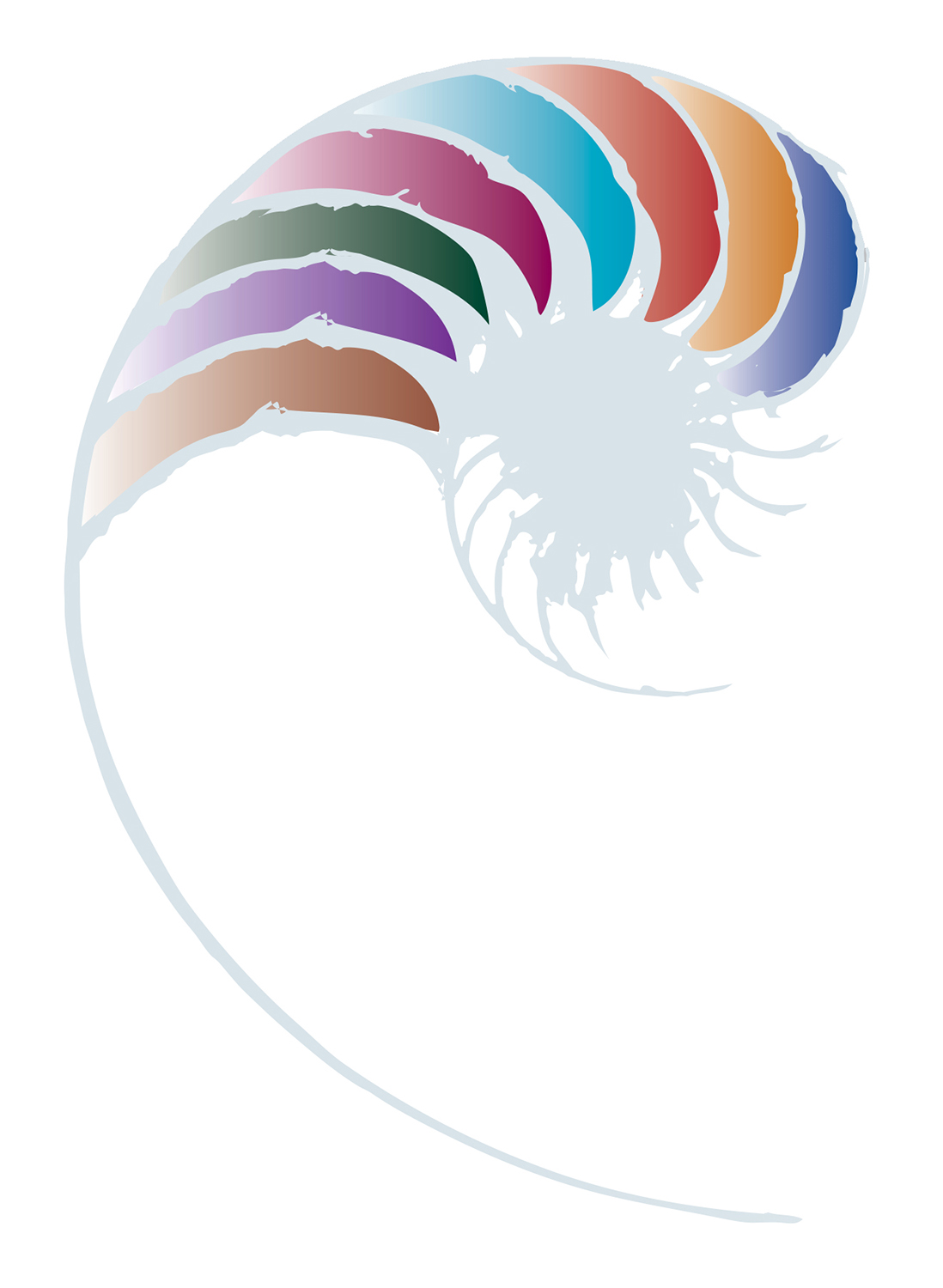How the curriculum framework is organised
This section is from page 16 of Te Whāriki: He whāriki mātauranga mō ngā mokopuna o Aotearoa Early childhood curriculum and provides an overview of the framework of principles, strands, goals and learning outcomes. This resource is part of the “Te Whāriki strands and principles” set. See the resource carousel below for more.

The curriculum is described in terms of principles, strands, goals, and learning outcomes.
See Materials that come with this resource to download Te Whāriki Early childhood curriculum: How the curriculum framework is organised (.pdf).
Principles
The principles describe four fundamental expectations of all ECE provision in New Zealand. These principles are the foundations of curriculum decision-making and a guide for every aspect of pedagogy and practice.
Strands
The strands describe five areas of learning and development in which the focus is on supporting children to develop the capabilities they need as confident and competent learners.
Goals
The goals are for kaiako. They describe characteristics of facilitating environments and pedagogies that are consistent with the principles and that will support children’s learning and development across the strands of the curriculum.
Learning outcomes
The learning outcomes are broad statements of valued learning. They are designed to inform curriculum planning and evaluation and to support the assessment of children’s progress.
About this resource
Te Whāriki: He whāriki mātauranga mō ngā mokopuna o Aotearoa Early childhood is described in terms of principles, strands, goals, and learning outcomes. Discover more about these fundamental elements of the curriculum in this resource which is part of the “Te Whāriki strands and principles” set. See the resource carousel for more.



